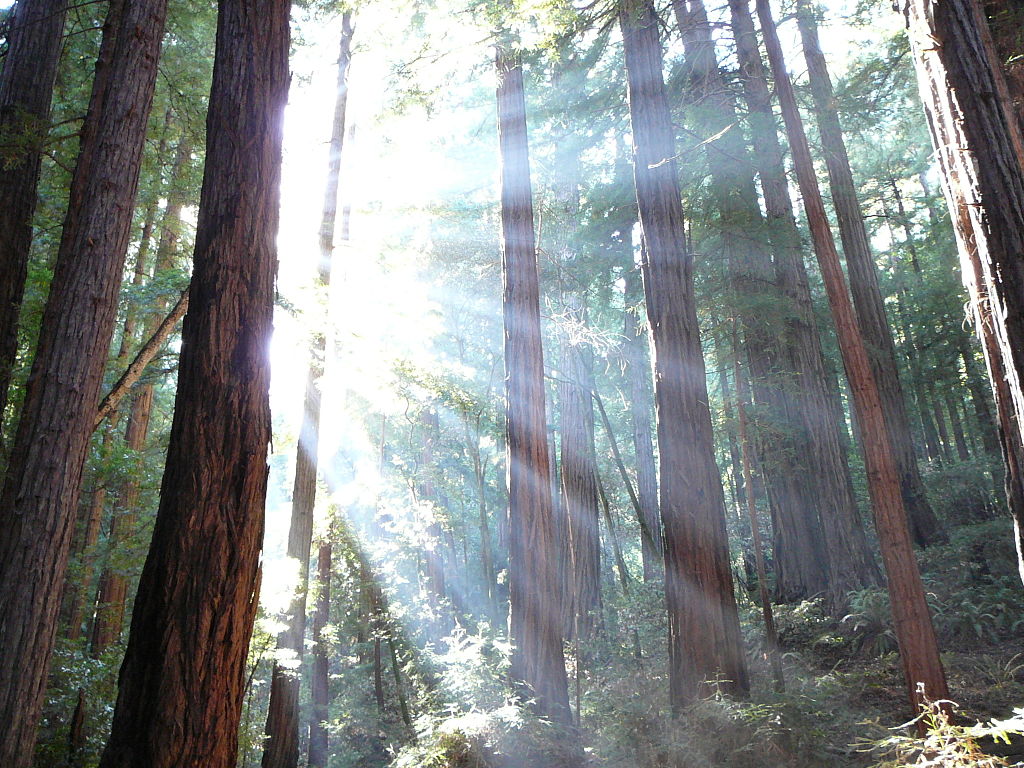We're open daily! View holiday hours
Science News
Protecting the Nurseries and Nursing Homes
July 21, 2014
by Molly Michelson

In the face of rapid habitat loss and climate change, how can we best determine which areas to save and protect, where best to put our resources? UC Berkeley researcher (and Academy fellow) Brent Mishler and his colleagues have an innovative solution with a tasty name: CANAPE, which stands for categorical analysis of neo- and paleoendemism.
It’s a bit of a mouthful, but CANAPE is actually a model that looks at the evolutionary tree of life to gain a deeper understanding of the species richness of an ecosystem using phylogenic data, much of it from newly digitized museum collections.
“For most people, species are something special, but a plant like a dandelion, with lots of close relatives, shouldn’t be counted equal to our endemic redwood, which has no close relatives,” says Mishler. “We now have a more complex view of biodiversity that takes into account more than the number of species, but also their rarity in the landscape and the rarity of close relatives.”
The model not only takes into account the variation among species but also their geographic rarity, or endemism. “If our goal is to preserve the tree of life and pass it on to our children, then it’s important to preserve not only the cradles of new species, the neoendemics, but also the refuges of rare and threatened species, the paleoendemics; the nurseries and the nursing homes,” Mishler explains.
The team created the model in 2011 to take advantage of Australia’s comprehensive plant database. Australia is ahead of the United States in terms of digitizing its museum collections and geographically coding, or georeferencing, them. (For examples of digitizing collections, see our two videos on various Academy efforts here and here.)
They published results on Australia’s Acacia trees last week in Nature Communications, but the model can be used with any good georeferenced database of species abundance and relatedness, Mishler says. Early results from California already have pinpointed regions—such as the upper Sacramento Valley near Lake Shasta, the coastal redwood belt, and the San Francisco Bay Area’s unique serpentine soil areas—as hotbeds of endemic biodiversity worthy of preservation.
“This provides a powerful conservation argument as well as a method of identifying areas containing endangered lineages we need to protect,” Mishler says. “Since we can’t save everything, we have to prioritize our conservation efforts, and this helps.”